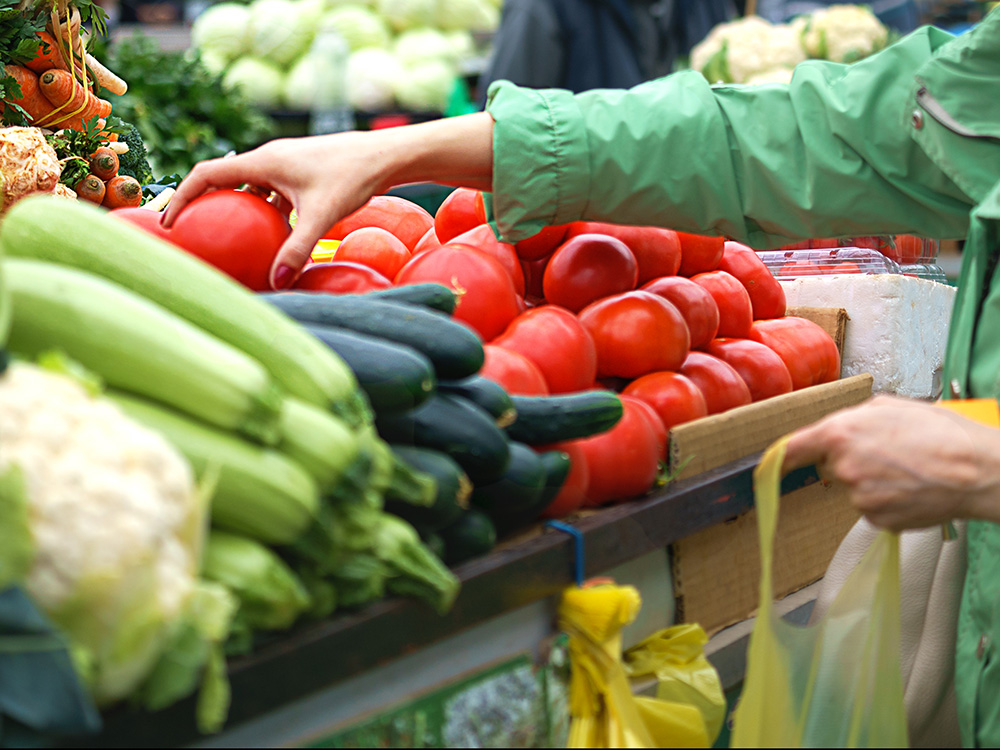According to a University of Oxford report, what you decide to eat has a bigger impact than where you do your grocery shopping.
Spring’s tender asparagus, summer’s berries, fall’s butternut squash and winter’s citrus — eating locally is a pleasure. Fundamentally tied to the seasons, the flavour and freshness can’t be beaten. Local products offer a transparency that far-flung foods cannot, and sourcing them supports your community. But if you’re concerned about the environmental impact of your diet, what you choose to eat is more crucial than where your food comes from, according to a recent Our World in Data report.
Emblazoned on bumper stickers, T-shirts and tote bags and promoted by environmental advocates the world over as a climate-conscious choice, eating local “is one of the most misguided pieces of advice,” writes Hannah Ritchie of the University of Oxford and research group Our World in Data. While transportation contributes to greenhouse gas (GHG) emissions, she explains, labelling locavorism as a universal panacea is misleading.
“Eating locally would only have a significant impact if transport was responsible for a large share of food’s final carbon footprint. For most foods, this is not the case,” she writes in her analysis on the Our World in Data website. “GHG emissions from transportation make up a very small amount of the emissions from food and what you eat is far more important than where your food travelled from.”
In her examination of the largest meta-analysis of global food systems to date (38,000 farms in 119 countries producing 40 different foods), published in the journal Science in 2018, Ritchie found that transport matters much less than we might assume. Twenty-nine foods, such as beef, palm oil, rice and nuts, were included in the analysis, which details the emissions associated with various stages in the supply chain — land use change, farm, animal feed, processing, transport, retail and packaging.
For most foods, transportation accounts for less than 10 per cent of GHG emissions. Farm operations and changes in land use are more substantial contributors, especially in foods with the most significant carbon footprint (beef, lamb and mutton, and cheese, respectively). “Combined, land use and farm-stage emissions account for more than 80 per cent of the footprint for most foods,” Ritchie writes.
more on nationalpost.com




